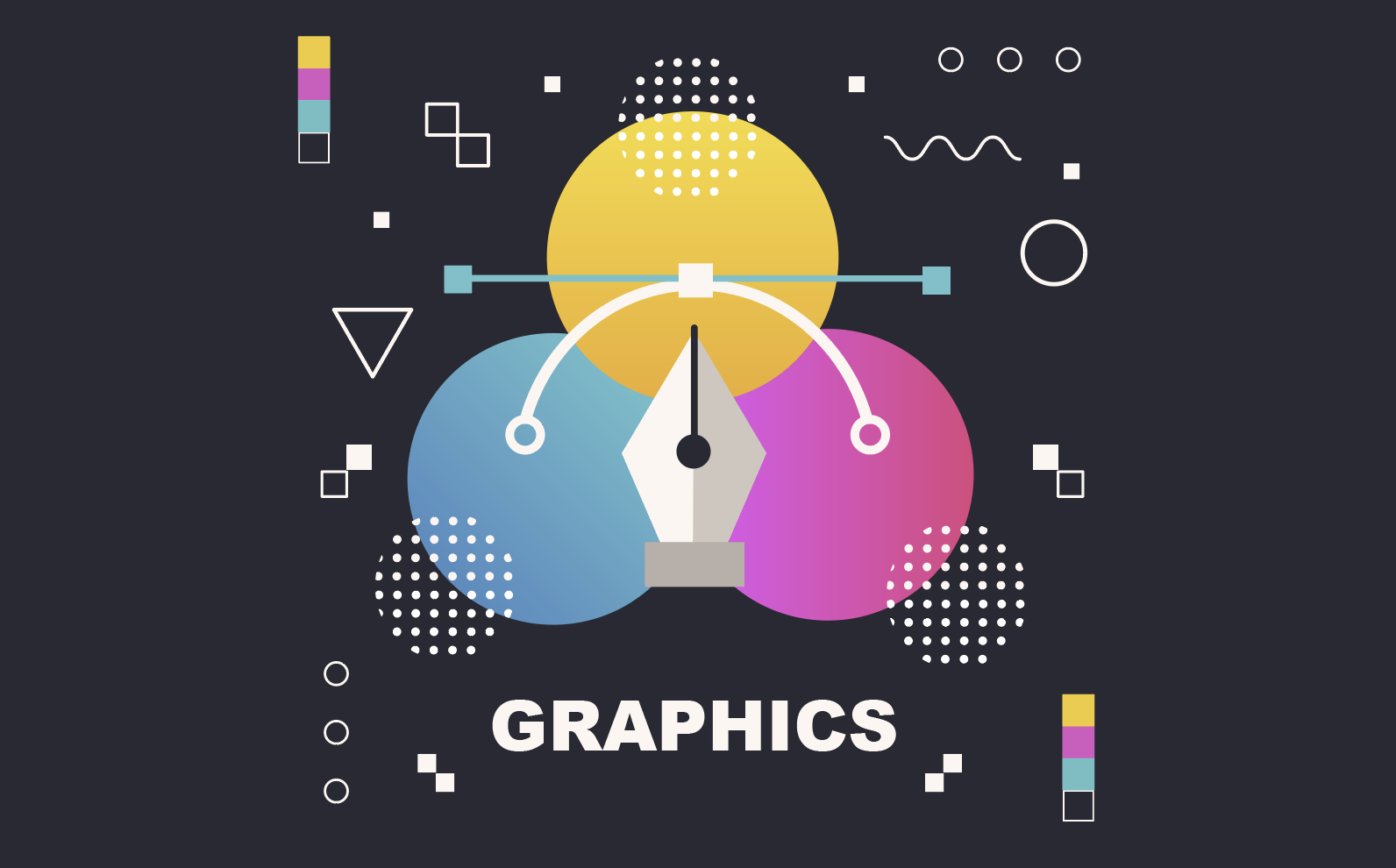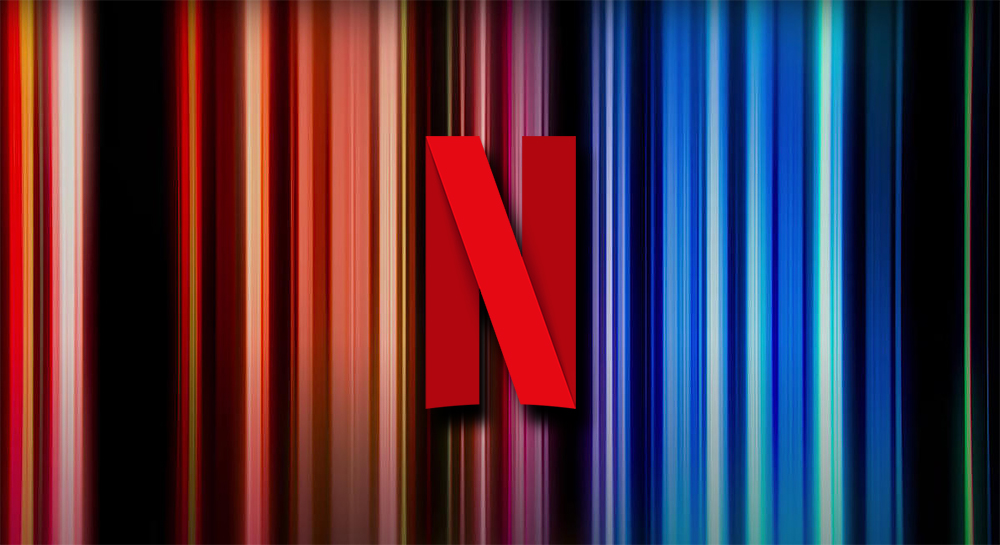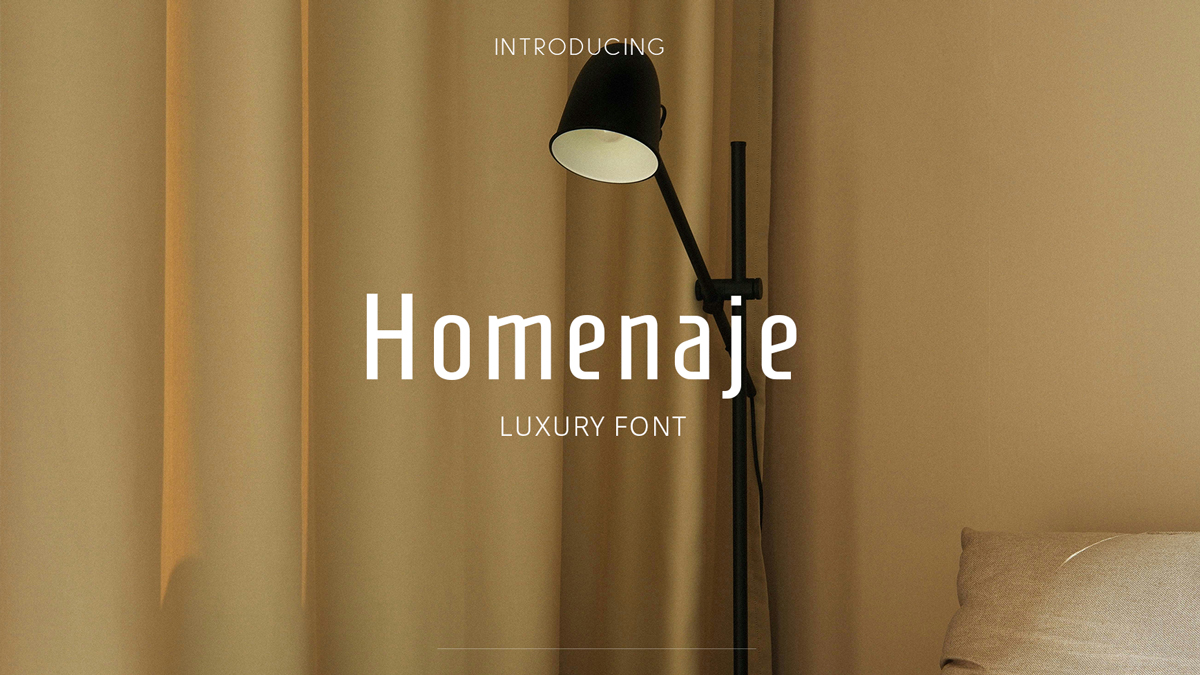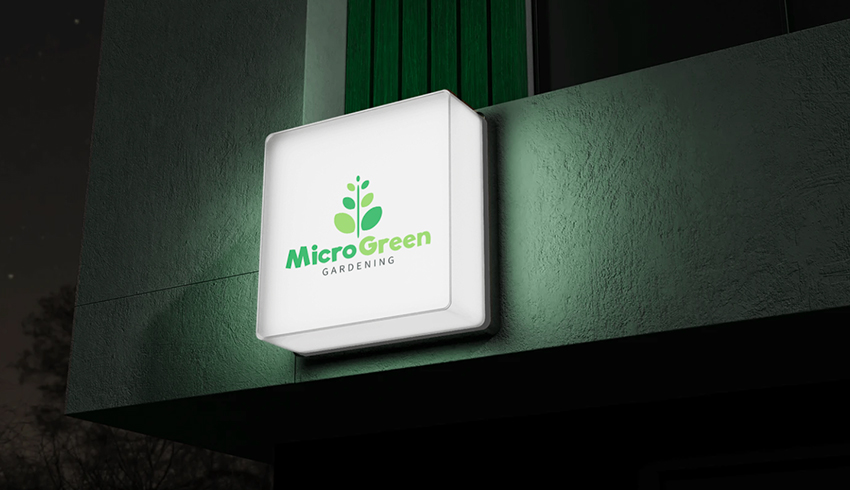In today's fast-paced business landscape, graphic design plays a pivotal role in effective communication and marketing strategies. Visually appealing graphics and designs convey messages and information in a clear and compelling manner, capturing the attention of potential customers and driving engagement.
This article will walk you through 8 types of graphic design and describe them in detail. By understanding the nuances of each graphic design category, businesses can leverage the power of visual communication to achieve their goals and elevate their brand presence in today's competitive market. Let's get started!
1. Branding/Visual Identity
Branding design involves creating a consistent and memorable visual identity for a company, product, or service. This includes designing elements such as brand logo, color palettes, typography, and visual guidelines that reflect the brand's personality, values, and mission. Branding designers collaborate closely with clients to understand their brand identity and target audience, conducting research to develop a strategic visual approach. If you're looking to save time and money, consider harnessing the power of AI to effortlessly generate your brand identity kit. Effective branding design helps businesses establish credibility, build trust with customers, and differentiate themselves in competitive markets.
Here are some examples:
- Brand Strategy
- Typography
- Color Palettes
- Logo Design
- Business Cards and/or Stationary
- Icon Systems
- Brand Guidelines


Make your own logo in seconds!
Try It NowMake your own logo in seconds!
Try It Now2. Advertising and Marketing Design
Advertising insights and marketing design encompasses the creation of visual materials used to promote products, services, or ideas to target audiences. This includes designing advertisements for print publications, social media platforms, and outdoor displays, as well as developing marketing collateral such as printable flyer templates, brochures, posters, and banners. These designs can help build your brand using social media by creating a cohesive and engaging visual identity that enhances recognition and drives audience engagement across various platforms. On Instagram, strong visuals combined with a solid follower base can significantly impact reach and engagement. Many brands accelerate this process by trying iDigic for Instagram growth, purchasing real followers to strengthen their credibility and expand their audience. Additionally, advertising designers extend their expertise to create branded merchandise such as custom hats, embroidered shirts, printed mugs, and conference swag. Advertising designers leverage their creativity and strategic thinking to craft visually compelling messages that capture the attention of consumers and drive engagement and conversions. They conduct market research, analyze consumer behavior, and collaborate with marketing teams to develop effective advertising campaigns that align with business objectives and resonate with target audiences.
Here are some examples:
- Social Media Graphics
- Outdoor Banners
- Email Marketing Campaigns
- PowerPoint presentations
- Menus
- Infographics


3. Web & User Interface Design
Web and user interface (UI) design focuses on creating intuitive and visually appealing interfaces for websites, applications, and other digital platforms. UI designers combine elements such as layout, fonts, color, and imagery to create seamless user experiences that guide users through digital interactions. They pay close attention to usability, accessibility, and responsive design principles to ensure that interfaces are user-friendly and accessible across devices and screen sizes. UI designers collaborate with UX designers, developers, and stakeholders to create wireframes, prototypes, and mockups that effectively communicate design concepts and meet user needs and business goals. Effective UI design enhances user satisfaction, increases engagement, and drives conversions for digital products and services.
"At Gorrion.io, we see product design as a crucial part of UI work—it's about creating an experience that doesn't just look good but functions intuitively, meeting both user needs and business goals."
— Piotr Górecki, Head of Marketing at Gorrion.io


4. Print & Publication Design
Print designers leverage their expertise in typography, layout, and composition to create visually engaging designs that effectively communicate information and capture the attention of readers or consumers. They collaborate with writers, editors, and printers to bring print projects to life, ensuring that they meet quality standards and printing requirements. Print designers consider factors such as readability, hierarchy, and branding guidelines to create designs that resonate with target audiences and achieve desired outcomes, as well as different printing methods used, including DTF printing.
Here are some examples:
- Business Card
- Books & Newspapers
- Magazines
- Brochures
- Packaging
- Promotional materials
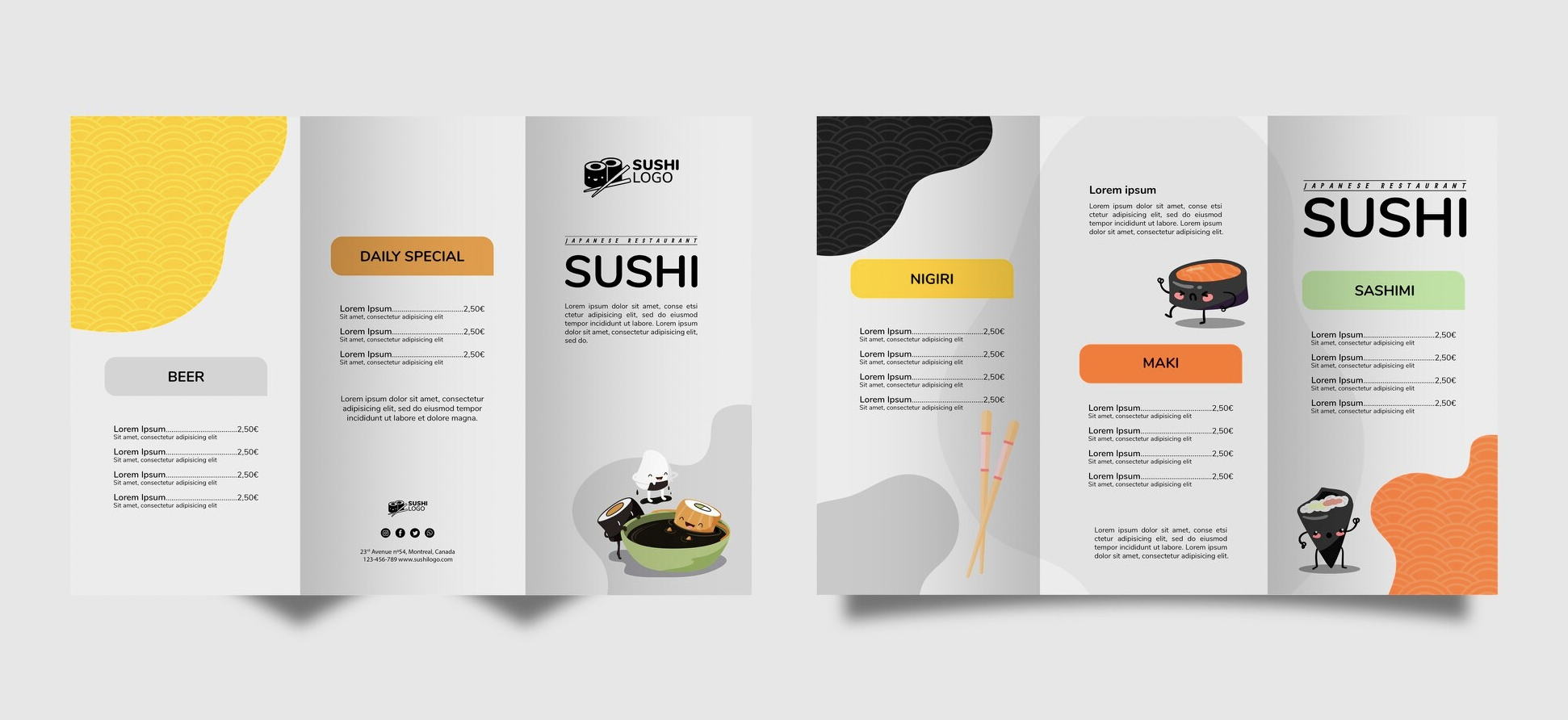

5. Packaging Design
Packaging design focuses on creating attractive and functional packaging for products to enhance their appeal and communicate brand identity. Packaging designers consider factors such as branding, product protection, shelf appeal, and consumer usability when designing packaging solutions. Tools like The QR Code Generator can be added to packaging designs to offer consumers easy access to product information, promotions, or even augmented reality experiences with just a quick scan. They leverage their creativity and technical skills to design packaging that stands out on store shelves, effectively communicates the product's features and benefits, and enhances the overall brand experience for consumers. Packaging designers collaborate with product managers, marketers, and manufacturers to develop packaging concepts that align with business goals and meet consumer expectations. At the digital design agency Fivecube, we have many professional packaging designers to help your brand stand out.
Here are some examples:
- Food Packaging
- Beverage Packaging
- Cosmetic Packaging
- Electronics Packaging
- Luxury Packaging


6. Lettering & Type Design
Lettering and type design involve the creation of custom typography and letterforms for various applications, including branding, advertising, and editorial design. Type designers craft fonts, lettering, and typographic 3D text effects to convey specific moods, styles, or messages in design projects. They experiment with different letterforms, styles, and compositions to create unique and expressive typographic designs that complement the overall visual aesthetic of a project. Type designers consider factors such as legibility, readability, and brand identity when designing custom typefaces, ensuring that they effectively communicate the intended message and evoke the desired emotional response from audiences.


7. Art & Illustration
Art and illustration encompass a wide range of visual styles and techniques used to create original artwork for various purposes, including advertising, editorial design, and digital media. Illustrators use drawing, painting, digital art, and other mediums to visually interpret concepts, ideas, stories, or messages in design projects. They collaborate with designers, writers, and clients to bring ideas to life through visual storytelling, adding creativity, emotion, and personality to graphic design work. Illustrators create illustrations that capture attention, evoke emotions, and convey messages in a visually compelling and engaging manner, enhancing the overall impact of design projects and communication materials. They also contribute to presentation design by crafting visuals that effectively support and elevate the narrative of the presented content. To further enrich their creations, many illustrators incorporate stock vectors from Depositphotos, which offer a diverse range of high-quality graphics that can be easily adapted to fit any project's aesthetic and thematic needs.


8. Infographic Design
Infographic design involves the creation of visual representations of complex data, information, or concepts in a clear and concise format. Infographics use a combination of typography, icons, illustrations, and charts to present information in a visually engaging and easy-to-understand manner. Infographic designers use their skills in data visualization and graphic communication to distill complex information into visual narratives that educate, inform, and inspire audiences. They collaborate with subject matter experts, researchers, and content creators to gather and analyze data, identify key insights, and translate them into visually compelling infographic designs that effectively communicate messages, engage audiences, and drive action. For a more sophisticated approach to visual design, you may want to collaborate with an ai design agency that specializes in using artificial intelligence to enhance design processes.


Wrap Up
Graphic design encompasses a diverse range of disciplines that play vital roles in shaping brand identity, communicating messages effectively, and engaging audiences across various platforms. From creating your unique logo and visual identity to web design and illustration, each type of graphic design serves a unique purpose in meeting the needs of businesses and organizations in today's competitive market. By understanding and leveraging these different design categories, businesses can effectively communicate their brand identity, engage with their target audience, and achieve their goals in this mordern world.

